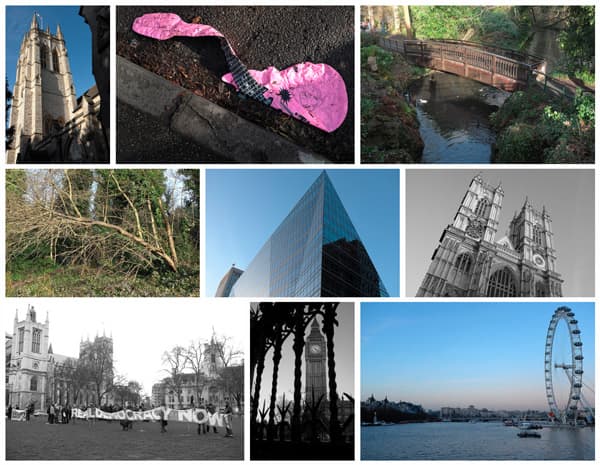Leica X (Typ 113) first look
We’ve been lucky enough to get hold of the new Leica X, and I spent a bit of time shooting with it over the weekend.
The £1550 Leica X sports a 16-million-pixel APS-C sensor, along with an impressively fast 23mm f/1.7 lens (equivalent to 35mm on full frame). Indeed this is the fastest optic currently available on any fixed-lens large sensor compact, surpassing the f/2 lenses on the Fujifilm X100T and the full frame Sony RX1R. This alone means that the Leica looks really exciting, at least on paper.
It’s certainly a handsome-looking camera too, both in the all-black version that we have at AP, and the two tone brown-and-silver model that will also be available. It has top-plate dials for shutter speed and aperture, and a large manual focus ring on the lens barrel. One really neat touch is that this doubles as a focus mode switch – rotating it past the infinity position sets the camera to AF.
Other key controls such as exposure compensation, ISO, focus area selection and white balance are accessed from buttons on the back. A rear thumbdial allows quick scrolling through options to change settings; in aperture priority mode it also gives direct access to exposure compensation. The 3” 920,000-dot LCD screen on the back is bright and detailed, but there’s no built-in eye-level viewfinder. An accessory electronic viewfinder that slides onto the hot shoe is an optional extra, for a cool £400.
Click here to see the full gallery, including full-size images
The Leica X does have its oddities, though. The strangest is that the camera simply won’t allow you to shoot with the lens wide open at closer focus distances – Leica has decided that the image quality won’t be up to scratch (most likely due to spherical aberration), so prevents you from using the largest apertures altogether. The problem for Leica here is that the f/1.7 lens is the camera’s main selling point, and restricting the X’s ability to use its largest apertures negates that advantage.
The fastest shutter speed you can use with the lens wide open is also limited, which means that you can’t shoot wide open in bright light without using an add-on neutral density filter or polariser. In contrast the Fujifilm X100T has both a built-in ND filter and an electronic shutter capable of speeds up to 1/16000sec.
On a more positive note, though, the X does appear to have an excellent lens, as you’d hope from a Leica. It’s impressively sharp, even in the corners wide open. However it’s somewhat compromised by a manual focus system that doesn’t necessarily open the aperture up fully, especially in bright light, which in effect makes accurate manual focus almost impossible using the LCD. Luckily autofocus is reliable, if not especially fast by current standards.
The default colour rendition is typically neutral and muted, but Vivid mode applies more punch if you need it (perhaps too much so). Personally I spent a fair bit of time with the camera set to its B&W High Contrast mode, which gives a pretty effective shortcut to a classic Leica aesthetic.
We’ll offer a more comprehensive opinion in our full review, in which we’ll also aim to address the question of whether the Leica X can justify its significant price premium over the excellent Fujifilm X100T.









